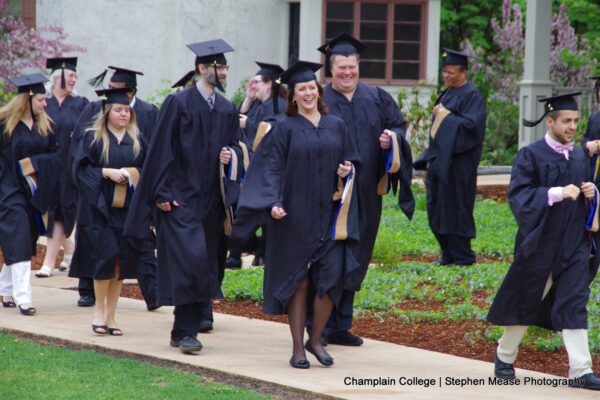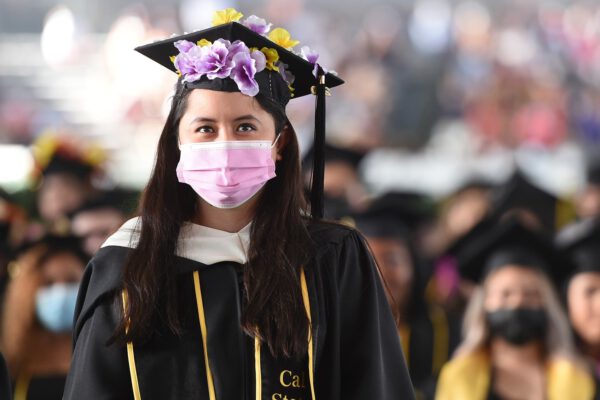The Indicators of Higher Education Equity in the United States: 2021 Historical Trend Report
Source: The Pell Institute for the Study of Opportunity in Higher Education and PennAHEAD
Authors: The Pell Institute for the Study of Opportunity in Higher Education and PennAHEAD
The Pell Institute, in partnership with the University of Pennsylvania Alliance for Higher Education and Democracy (PennAHEAD), recently released its annual report, which examines equity indicators in higher education. This report pulls together existing data from various sources and provides stakeholders a tool to examine historical and current higher education statistics and trends from an equity perspective. Examples of indicators include college affordability and postsecondary choice, enrollment, and attainment. Key findings highlighted in the report encompass:
- Independent students made up about half of all undergraduate enrollment (49 percent). They face greater barriers to postsecondary attainment than dependent students. The majority of independent students with dependents received Pell Grants (59 percent), a higher share than that of independent students without dependents (41 percent) and dependent students (39 percent). Independent students were also more likely to be enrolled part-time; had unmet need that was two times higher, on average, than dependent students; and only half have earned a degree or certificate in 6 years.
- Students who received Pell Grants were overrepresented in low-resourced institutions and underrepresented in highly selective institutions. The majority (63 percent) of Pell recipients attended broad access institutions, which had an average spending of $14,945 per FTE, while only 5 percent of Pell recipients were enrolled in highly selective institutions, which had an average spending of $52,111 per FTE.
- There were stark differences in college debt after graduation by race and ethnicity. Among bachelor’s degree recipients who earned their degree in 2008, 86 percent of Black students borrowed $62,824 10 years after graduation, on average – nearly double the amount their White peers borrowed, among whom 71 percent borrowed and, on average, borrowed $34,717.
- TRIO support programs reach only a margin of first-generation, low-income students who would be eligible for its services. In 2020, 808,545 students participated in one of the seven Federal TRIO programs. However, data suggest that only 1 percent of the population eligible for intensive TRIO programs, and only 3 percent of the eligible population for more extensive outreach programs are reached annually due to current funding levels.
To learn more details about the 2021 Indicators report, please click here.
—Darsella Vigil
If you have any questions or comments about this blog post, please contact us.


